.The rise and fall of Ken Maynard
C.F. Eckhardt Seguin Gazette Posted: Sunday, October 16, 2011
 Once one of the top draws in B Westerns, Ken Maynard died, alone and penniless, in the Motion Picture Home in Woodland Hills, California in 1973. Kenneth Olin Maynard was born in Vevay, Indiana in 1895, one of five children. At age 16 he began traveling with carnivals and circuses, becoming a very accomplished trick rider. For a time he rode with Buffalo Bill Cody's Wild West Show. In 1917 he joined the US Army and served until discharged in 1919. He then returned to the circus, trick-riding with Ringling Bros.
Once one of the top draws in B Westerns, Ken Maynard died, alone and penniless, in the Motion Picture Home in Woodland Hills, California in 1973. Kenneth Olin Maynard was born in Vevay, Indiana in 1895, one of five children. At age 16 he began traveling with carnivals and circuses, becoming a very accomplished trick rider. For a time he rode with Buffalo Bill Cody's Wild West Show. In 1917 he joined the US Army and served until discharged in 1919. He then returned to the circus, trick-riding with Ringling Bros.While the circus was in Hollywood he met Buck Jones, an established Western star. Jones persuaded him to get into the movies. He began as a "cowboy extra," but his rugged good looks - and his superb horsemanship - got him a contract with Fox Studios in 1923. Like all "cowboy stars" of the day he had a special horse, which was either white or palomino depending on which reference you consult. In his short-lived comic-book series in the late ‘40s, the horse was represented as white.
The name of the horse was Tarzan, and this led to problems. When Fox began billing "Ken Maynard and Tarzan," Edgar Rice Burroughs, creator of Tarzan the Ape Man, took exception to it and sued. The suit, which dragged on for several years, was finally settled out of court.
Maynard moved to Universal for talking pictures. He was a musician who played several instruments well, among them the fiddle and the banjo. He also fancied himself a singer, though his singing voice was rather nasal-sounding. He did record two songs with Columbia Records, "The Lone Star Trail" and "The Cowboy's Lament," which is more widely known as "The Streets of Laredo." He also sang two songs in "Sons of the Saddle" in 1930, making him the first ‘singing cowboy,' though he never sang in a film again.
In 1931 and '32 he moved to Tiffany Productions and to Sono Art-World Wide Pictures, but he returned to Universal in 1933. At Universal he played the fiddle in "The Fiddlin' Buckaroo" and the banjo in "The Trail Drive," both in 1933.
Ken Maynard was a very egotistical individual - hard to work with and hard to get along with - which may have led to his final studio jump, in 1934, to Mascot Pictures, a much smaller outfit than Universal. However, that year he and Mascot hired two radio musicians from WLS-Chicago's "National Barn Dance" to be part of a bluegrass band featured in "In Old Santa Fe." They were Gene Autry and Smiley Burnette. Autry sang a couple of songs in the picture, but neither he nor Burnette got billing. Nevertheless, that began their careers in movies. The very next year Burnette had a supporting role in a Rin-Tin-Tin serial and Autry starred in a 13-chapter serial called ‘The Phantom Empire," Burnette had a supporting role as his sidekick, "Oscar."
That marked the first of the many, many films Burnette and Autry would make together. There was a slight problem with Autry's serial. He was to play a cowboy. Cowboys have to ride horses. That's essential to the image. Though Gene Autry was a Texan by birth and was discovered by Will Rogers while working as a railroad telegrapher in Oklahoma, he'd never been on a horse in his life! He had to be taught to ride - and Ken Maynard taught him.
Although Maynard made more than 90 films, his egotism - and later, his alcoholism - brought his career in movies to an end in 1944. He became almost impossible to work with and, as often as not, showed up half-drunk on the set. He began making personal appearances at rodeos and state fairs and for a time owned a small circus featuring trick riders, but lost it to creditors. He spent his final years living in a run-down trailer park in California, his fortune gone. However, he was quietly supported by an unknown benefactor until his death. While the unknown benefactor's identity has never been publicly acknowledged, it is generally believed the benefactor was Gene Autry, to whom Maynard gave his big break back in 1934.

























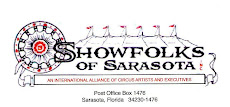















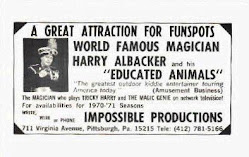

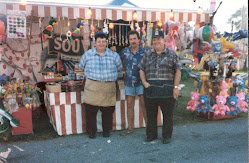




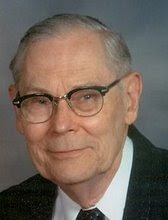
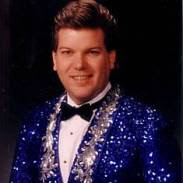




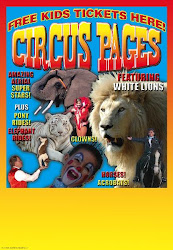

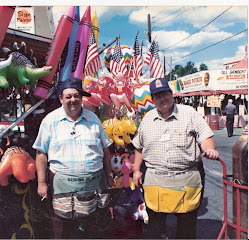
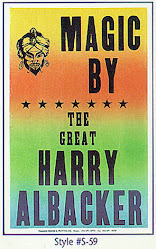











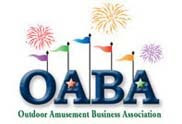



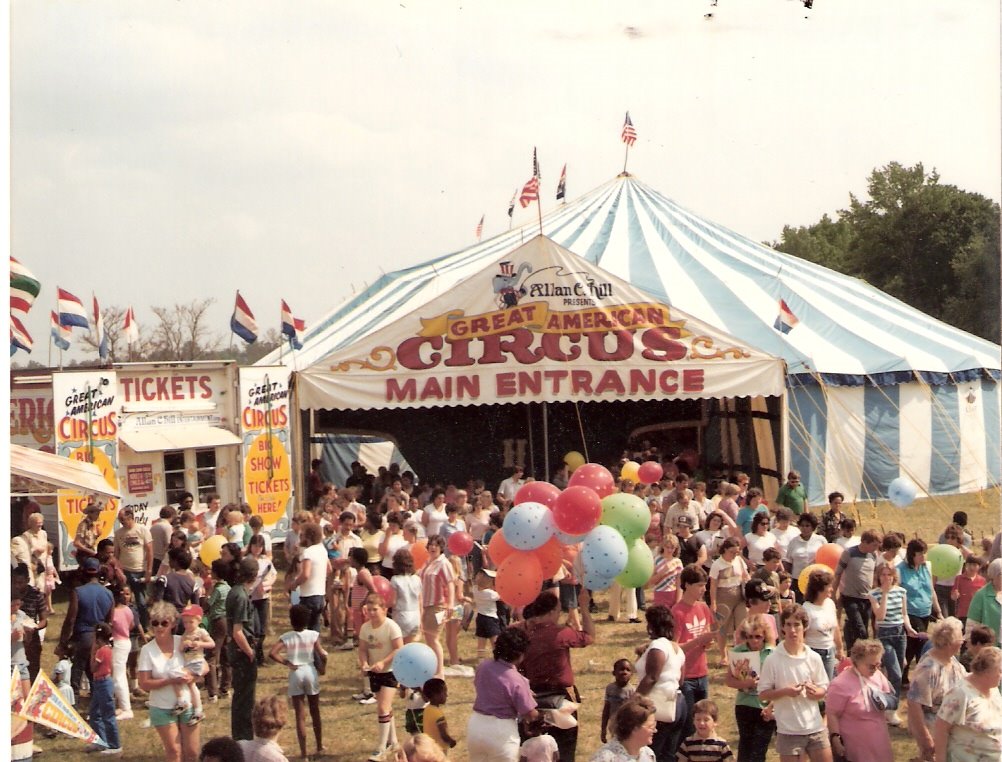









No comments:
Post a Comment